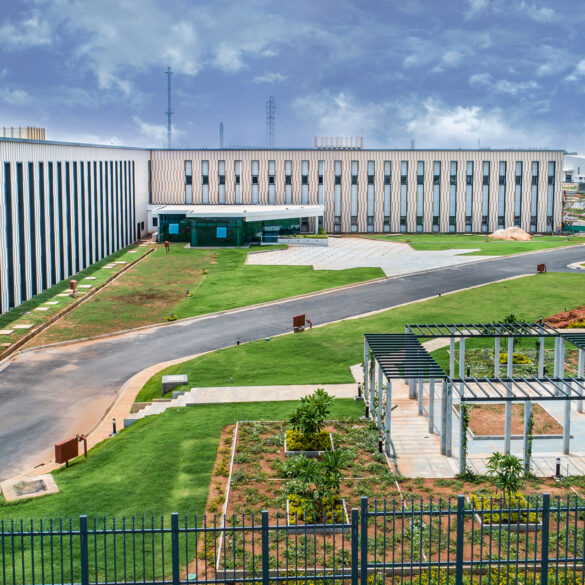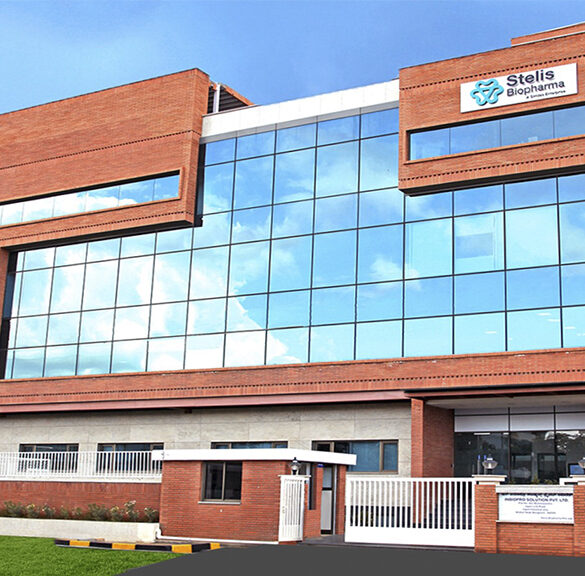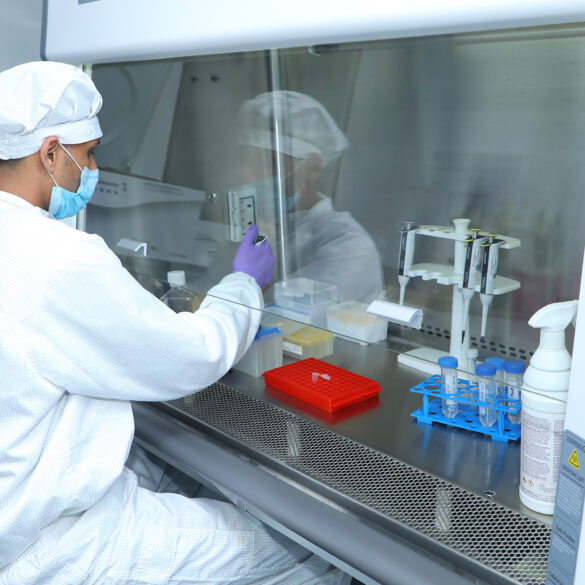
The right partner can help companies overcome key formulation challenges for biologic drugs.
Biologic drugs are entering the development pipeline with increasing frequency for the treatment of complex diseases, such as cancer, autoimmune disorders, and infectious diseases. However, formulating a biologic drug substance that is optimally effective and safe, while also keeping cost and time for development under control, is no easy task.
“Due to the complexity and fragility of biologic active compounds, several challenges exist in formulation development,” explains Anand Khedkar, senior vice-president R&D, Stelis Biopharma. “First, stability and preservation present a significant challenge as the API of a biologic is more unstable than in small-molecule drugs. In addition, protein-based therapeutics have the potential to cause an immunogenic response leading to adverse events that are often not discovered until after the medicine is on the market. Lastly, most of these medicines must be developed in a liquid form for compatibility with subcutaneous, intramuscular, or intravenous administration.”
Common formulation hurdles
Sensitivity of biological molecules to the microenvironment can be challenging, particularly as changes can occur during various manufacturing procedures, asserts Khedkar. “Additionally, biologic molecules are sensitive to temperature, shear, exposure to oxygen, air-water interface, and many other factors,” he adds. “It’s vital to bear all of these factors in mind during formulation to ensure that exposure to any unfavorable environment is minimized.”
Read More


